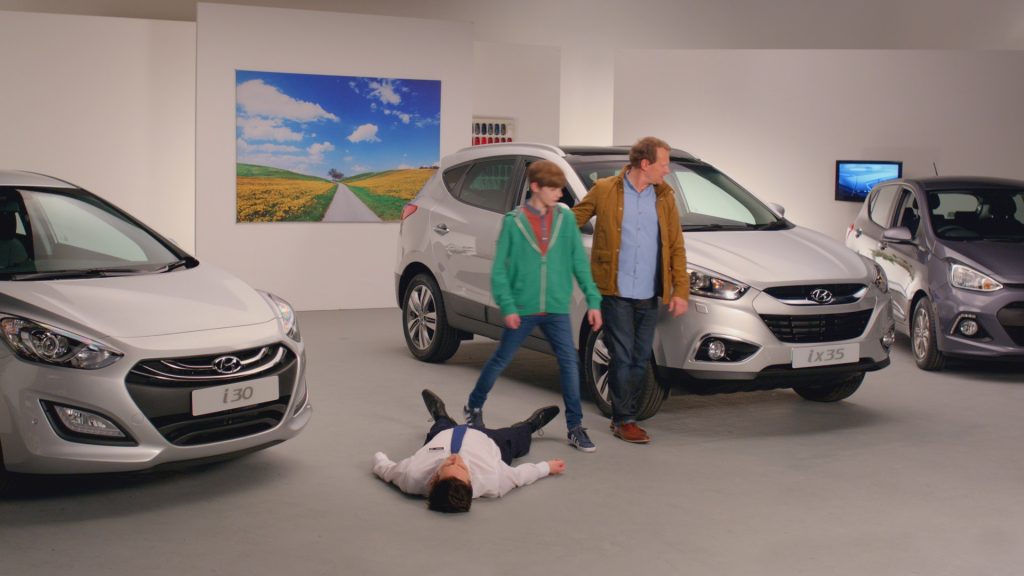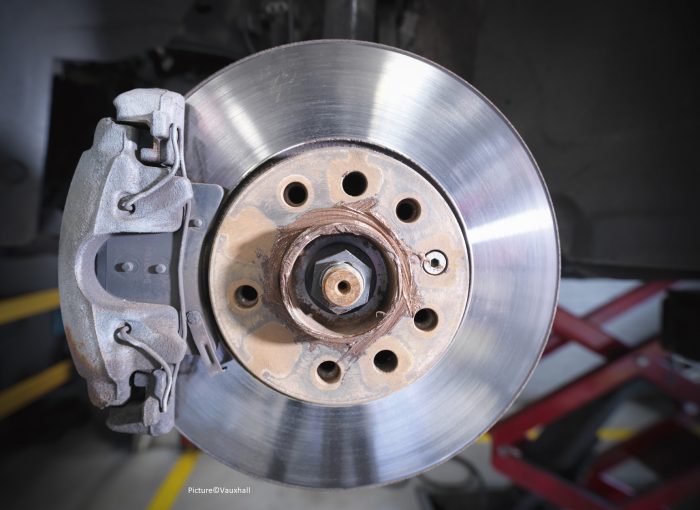Our reader bought a 2019 Mercedes-Benz A-Class that had done 23,000 miles from a dealer. When he test drove the car, it felt fine. But a couple of days after getting it home, the brakes started grinding. He wants to know whether the dealer was right to sell a car with an MOT advisory. And if he can ask the dealer to pay for the new brake discs and pads.
Can a dealer sell a car with an MOT advisory?
A dealer can legally sell a car with MOT advisories. What it can’t do is lie about them. We’d always advise used car buyers to go on the government’s MOT checker. You can then ask the dealer about the advisory. If it denies all knowledge, it is misrepresenting the car.
What if a problem arises within days of owning a car?
The 2015 Consumer Rights Act states that any fault that develops within 30 days of owning a car is presumed to have been present at the time of the sale. In this case, the fault developed within three days of buying the car. We think the onus is on the dealer to fix the brakes.
In addition, the buyer can argue that by selling a car whose brakes began grinding the dealer is selling a car that wasn’t fit for purpose. Again, this is contrary to the Consumer Rights Act.
What should the next step be?
We’re assuming that the buyer is otherwise satisfied with the car. If that’s the case, they should politely ask the dealer to fix the brakes. The dealer might be mortified that it’s sold a car that isn’t fit for purpose. Or it might come out fighting, saying that the car is no longer its responsibility.

The buyer has rejection up their sleeve
Rejecting a car should always be the last resort. But it’s a handy weapon for the buyer to have up their sleeve. Having a car rejected is a pain for a dealer. Not only do they have to sell it all over again, they will also have to rectify the faults. It is much easier for the dealer to fix the fault and send the buyer happily on their way.
Nonetheless, within the first 30 days of owning the car, the buyer is fully entitled to reject a faulty car and get a complete refund.
How to go about it
Be polite at all times. If you’re rude and awkward, it’s likely to put the dealer’s back up and they’ll respond in kind. Being polite and reasonable makes it much more likely that you’ll get your way.
We’d also start off in writing, probably by email. The buyer might preface it with a phone call but having everything in writing is a good way to ensure that if things really take a turn for the worst, you’ve got a record of what went on, and who said what when.

I’ve been writing about cars and motoring for more than 25 years. My career started on a long-departed classic car weekly magazine called AutoClassic. I’ve since pitched up at Autosport, Auto Express, the News of the World, Sunday Times and most recently the Daily Telegraph. When I’m not writing about cars and motoring, I’m probably doing some kind of sport or working in my garden.







